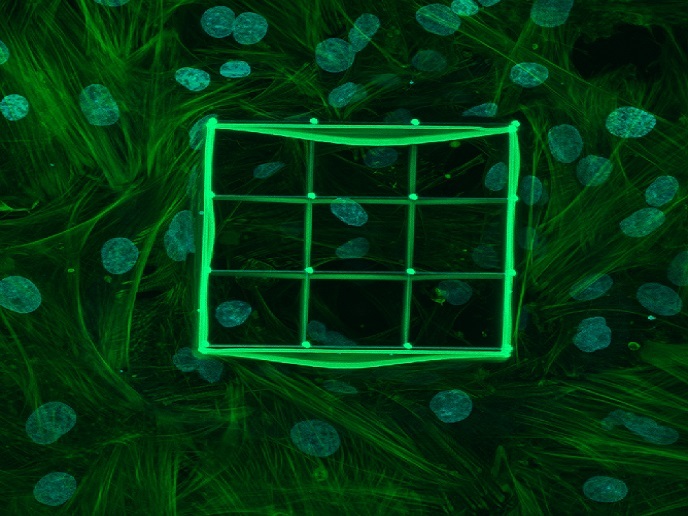Extracting bioproducts from yeast
The ELECTROEXTRACTION project developed a technique for recovering intracellular-derived products that were biosynthesised in microbial hosts such as yeasts, algae and bacteria. The electroextraction process was an easy, selective and cost-effective method for releasing intracellular products with minimal damage. It was based on protein liberation by rendering the cell envelope more permeable with high-intensity electric field pulses. Laboratory experiments showed that this treatment led to the selective release of soluble cytoplasmic proteins without cell disintegration and with high product yields. The electro-permeabilisation was performed in continuous mode under conditions that allowed greater selectivity for the targeted species and limited protease release to avoid product damage. This approach led to an increase in final product clarity as a result of gentle treatment and selective isolation. Increased process yield was also achieved due to a reduction in the number of steps required for purification and recovery (commonly referred to as downstream processing). The technique worked with yeast cells acting as hosts to natural or recombinant proteins and enzymes. However, electroextraction was non-applicable to other microbial hosts like bacteria, which ruptured, or algae, which possessed rigid cell walls. Researchers also assessed the compatibility of the electrically treated feedstock with commercial beaded adsorbents for direct product capture under real process conditions. Scientists expected better utilisation of total adsorbent ligand sites as less potentially interfering substances such as nucleic acids, organelles and cell debris were released. Project partners believed a powerful technology for intracellular protein recovery and purification could be realised by coupling electroextraction and immediate soluble product sequestration onto a suitable solid phase. Electroextraction provided a straightforward, efficient and cost-effective way of recovering intracellular bioproducts from yeast fermentations that can be used in the chemical, food and pharmaceutical industries.







